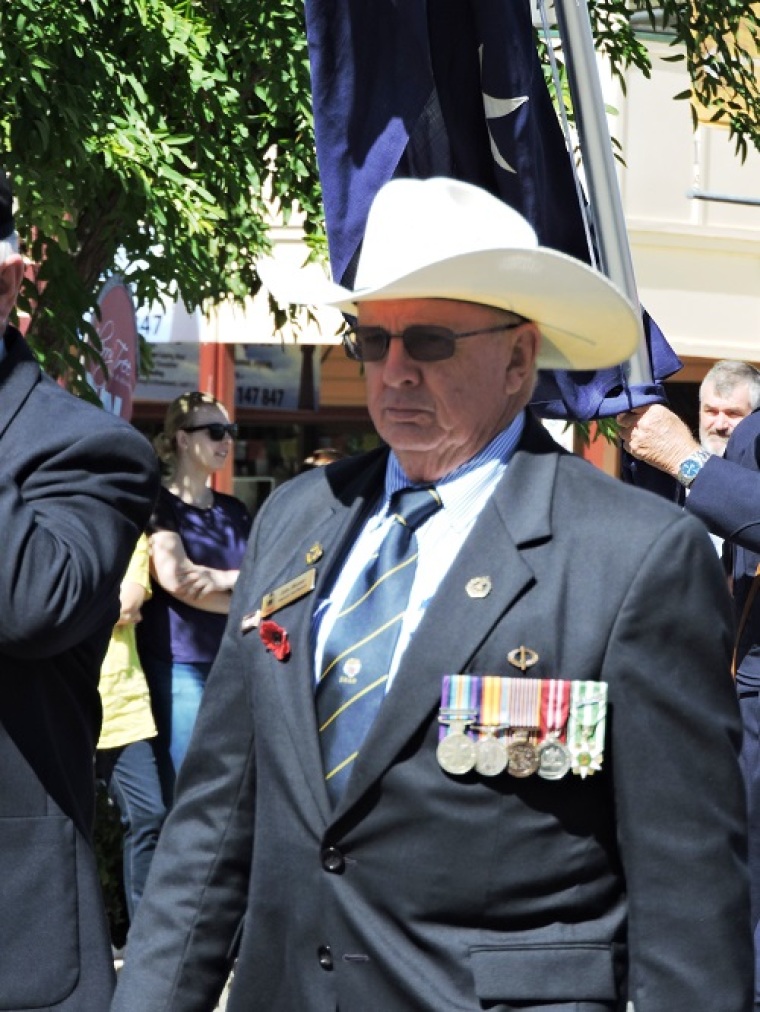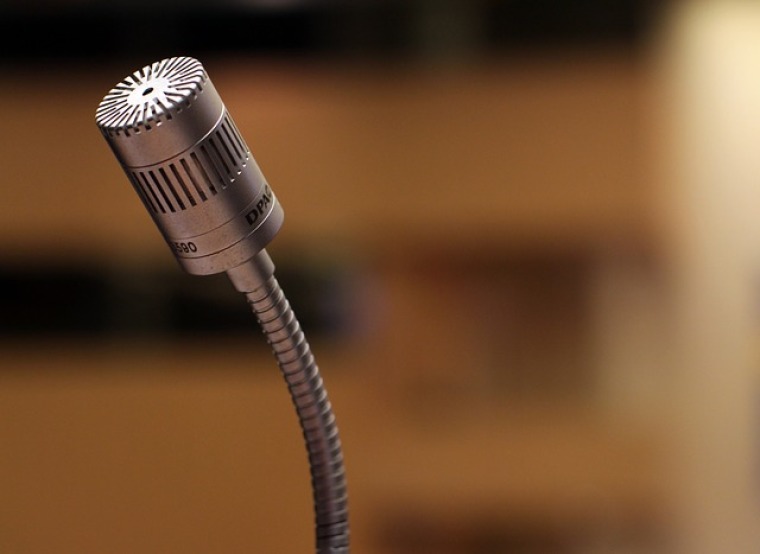

The early days
My introduction to the sport of rodeo came about by accident.My uncles, mum's brothers, had conscripted me into the backyards at Armidale (NSW) Rodeo to help draft up cattle for the bullock ride in 1959. There were about 150 riders and something like 200 two-year-old Hereford heifers.
At the end of the day, as payment for hours of drafting in hot dusty conditions, someone volunteered me to ride one of these big red heifers.I had no idea what I was doing. I was just a kid and many of the riders gathered around to get a good laugh which I soon provided by being dumped on the hard trotting track.
Bruised from hip to shoulder and suffering huge embarrassment and quite a bit of 'chiacking' from the gathered riders, I made a promise – I would ride a bullock, I would get onto the grass beyond the trotting track and I would win an event. These three self-promises eventually came to fruition as did a weekend rodeo career on both bullocks and broncs around the New England area of NSW.
Fast forward to 1976, I had been posted to Tasmania while in the army and joined the Tasmanian Police Force after discharge and was conscripted into directing traffic at the Huon Rodeo at Huonville.As soon as the parking was done with, I was at the fence watching all the action.
Club secretary/treasurer
By 1977 I was the rodeo club secretary/treasurer, promotions officer, meeting chairman and had started riding again. Now though, rather than being a teenager, I was approaching 30 and the ground had become quite a bit harder than I'd remembered.In 1978, I became the Tasmanian correspondent to the then Australian Rough Rider's Association (ARRA) Rodeo News and managed to keep articles flowing almost every month for the next four years.
I'd become a successful roper and won my first open prizemoney in the steer wrestling at Hamilton Rodeo in the Upper Derwent Valley.My consistent rodeo articles had brought me to the attention of members of the ARRA board and when a vacancy for the position of manager of the head office became available, RM (Reg) Williams himself rang me at home and asked if I'd travel to Warwick to take up the position.
As it happened, Marion and I had been taking time on our holidays to look for work in Northern NSW or Southern Qld for the past two years and this job seemed like it was meant to be.
The big change
I started work there on May 1, 1982.The change was good for me because I'd decided to return to the church of my childhood and make a new start – we soon started attending the Warwick Baptist Church and I re-committed my life to Christ.
I was aware of a Christian movement among some of the rodeo people, primarily those who had spent time in the USA, and I tried to become involved – it took some time for three reasons.
- I had been a police officer and rodeo people didn't trust the police.
- I was 'that' person who ran head office and who was responsible for issuing fines, suspensions and other disciplinary actions, at the behest of the board.
- Most of the then 'Christian Cowboys' were young and immature in their walk with Jesus.
Let me give you an example.The boys had made up a Christian Cowboys flag to carry into the arena on horseback during grand entries and at other times when the opportunity arose.
One of the Australian Champion riders who was not a Christian objected to riding into the arena behind the flag and tried to ban it by force.
As a result, one of the bigger Christians who had been noted for his fighting ability and toughness grabbed the flag and rode into the arena shouting aggressively, "let's see them try to stop me!"
Acceptance
Eventually I was accepted and became a co-ordinator for the movement only just in time to receive a call from a Reverend Doctor Mark Tronson who was interested in establishing a chaplain for the rodeo circuit.He was the Australian cricket team chaplain and establishing chaplaincy appointments in professionals sports across Australia.
Then the fun began. Those who met Mark just didn't understand what he was about (he had no intention of being the Rodeo chaplain) and there were closed hearts, even some making the most abusive comments about Mark – but we persisted. Solid Christians like bull and bronc rider Tim Kelly and another bull rider, Brian Bernays, had a solid Christian upbringing and helped bring sanity into the 'ranks' and were basically unofficial chaplains on the travelling circuit.
It took more than a decade but we eventually had an official chaplain on the professional rodeo circuit – Chris and his wife Georgi Meyer, a trained, confident and strong Christian who could ride broncs as good as any of them, play a guitar and entertain around a campfire.
Chris has married people on the circuit, he has done a number of funerals for both rodeo people and their families, he does christenings and perhaps one of his most joyful duties is baptisms. As a counsellor, he is outstanding with compassion, knowledge and strong Christian values.
Here's what I found about the rodeo cowboys; they don't respect anyone who doesn't do what they do. American Rodeo Christians who come to Australia win many more souls for Christ than anyone here does – albeit, when they go home they leave a vacuum and many fall away. Many who are converted while travelling on the rodeo circuit soon leave, return to their homes and take up ministry in other areas, leaving the chaplains with little support, financially or physically.

Pray for those who are converted on the travelling circuit but even more, pray for God's labourers in their 'field' which is so ripe for the harvest.
John Skinner served in Vietnam then the Tasmanian Police before taking up the position of CEO of the Australian Rough Riders Association (professional rodeo based in Warwick Qld). Before retirement to his small farm, he was a photo-journalist for 25 years. He is married with 3 children and 6 grandchildren.
John Skinner's previous articles may be viewed at http://www.pressserviceinternational.org/john-skinner.html